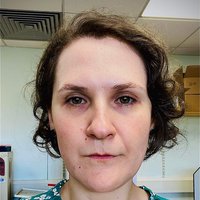
2024 Post-doctoral Non-clinical Fellowship
Cell-Specificity in Mitochondrial Diseases: Implications for Understanding Mitochondrial Epilepsy
Mitochondrial diseases are serious and often fatal conditions that affect many parts of the body, especially the brain. These diseases are hard to treat because current therapies only address symptoms and do not cure the underlying issues. One major challenge in finding better treatments is the lack of good models to study how these diseases affect the brain. Starting from patient derived stem cells, we initially created a cellular model that has brain-like structures called brain organoids. These mini-brains help us study why certain brain cells are more vulnerable to mitochondrial diseases and allow us to understand how these diseases damage the brain in hope for finding new treatment approaches.
To improve our research, we plan to create a more complex brain-like model that includes additional brain regions. This is important because patients with MELAS, a type of mitochondrial disease, often suffer from severe, hard-to-treat epilepsy. Certain brain cells, called interneurons, are particularly affected in epilepsy. These highly active cells need a lot of energy, making them more vulnerable to mitochondrial problems.
Using these advanced models, we will study changes in molecules and energy processes. We will also use special recordings to examine the brain's electrical circuits and understand how these cells function. Additionally, we will investigate how connections between different types of neurons are formed and how they are affected by mitochondrial defects.
Ultimately, this advanced model will help us not only with MELAS but also with other mitochondrial disorders, potentially leading to better treatments and outcomes for patients with these challenging diseases.
By studying the mitochondria in these specific cells, we hope to understand why they are more affected in mitochondrial diseases. Our goal is to uncover the detailed mechanisms that lead to seizures in these conditions and to identify new treatment strategies.